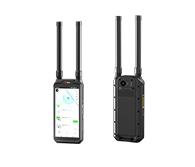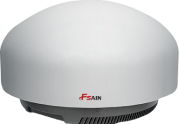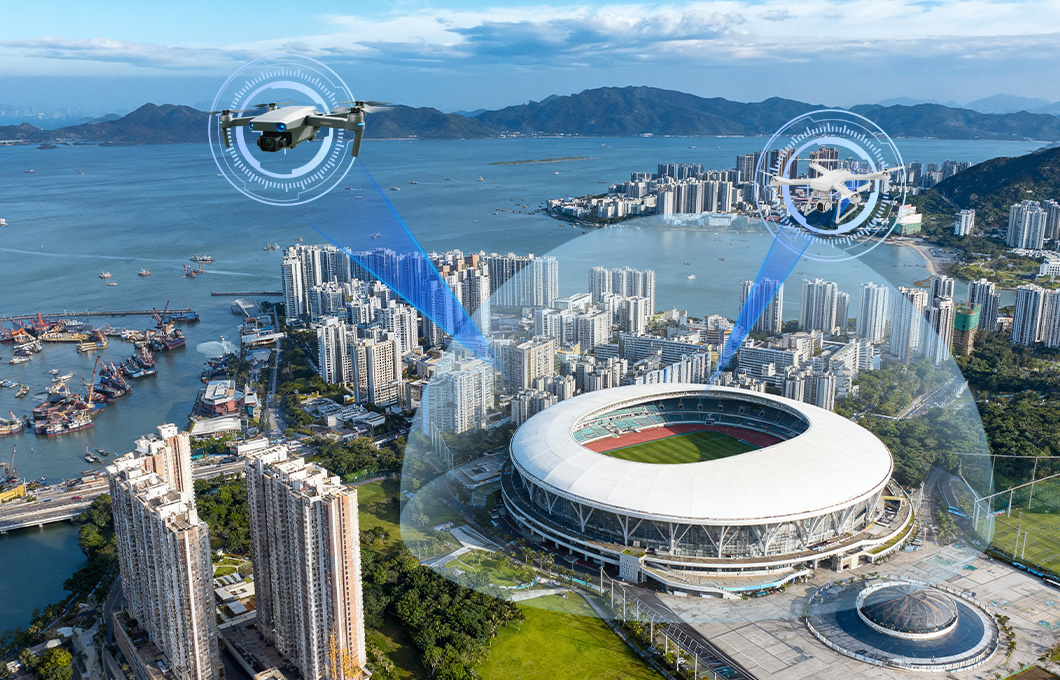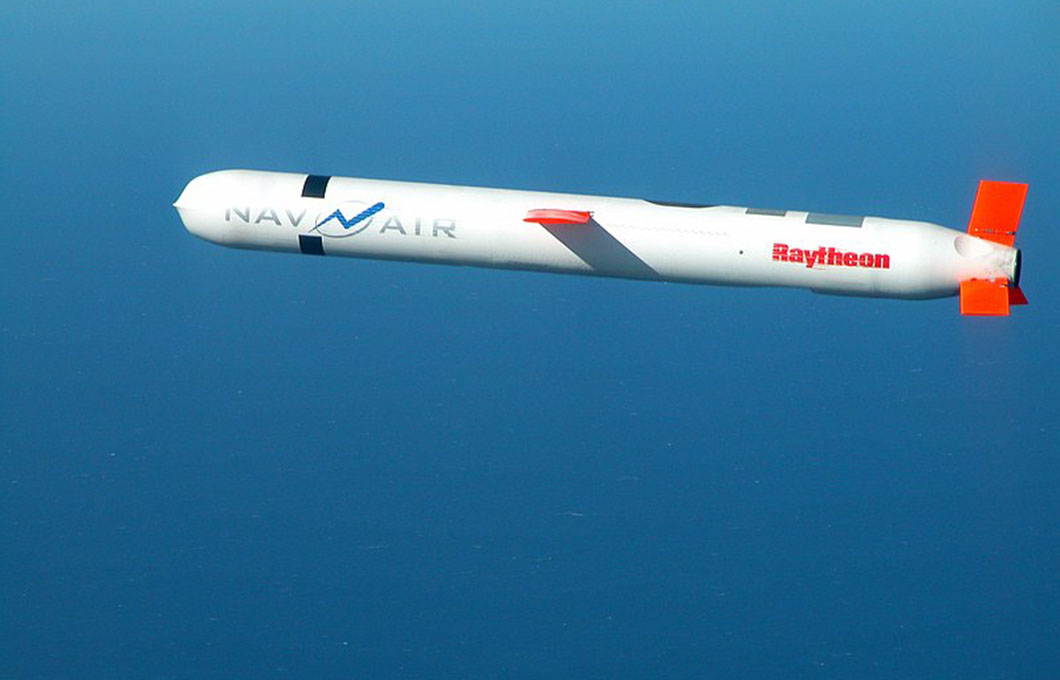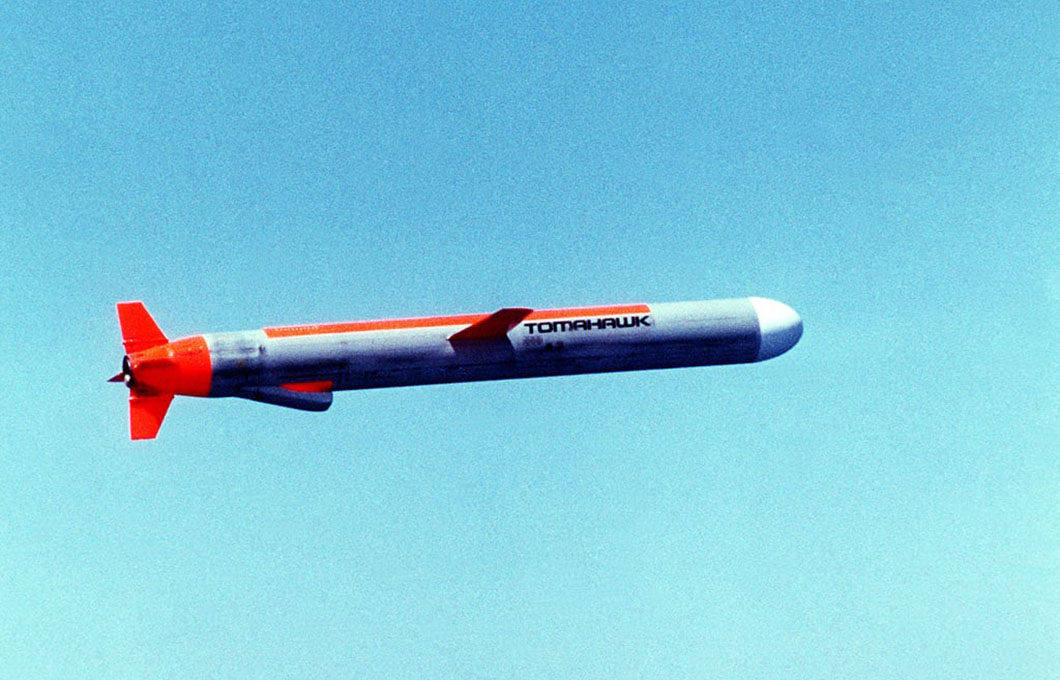



1) Drone Radio Detection: Accurately Sense Drone Threats
Drone radio detection is one of the company's core technologies. Leveraging advanced radio monitoring equipment and technical means, it enables real-time monitoring and analysis of drone communication, remote control, and navigation signals. This technology enables early warning and precise location of low-altitude intruding drones. The company's developed radio detection system boasts high sensitivity and wide-band coverage, enabling it to quickly capture weak signals emitted by drones. Using intelligent algorithms, it analyzes these signals to determine the drone's model, flight status, and potential threat level.
2) Radio Jamming: Disrupting the Control Link of Enemy Drones
Radio jamming is a crucial component of drone countermeasures. Its purpose is to disrupt the communication link between the drone and its operator by transmitting jamming signals of specific frequencies and intensities, causing the drone to lose control and ultimately force it to land or return. The company's developed radio jamming equipment features multiple jamming modes, allowing for flexible selection based on different scenarios and the characteristics of the target drone.
3) The Software Platform's Ability to Integrate Existing Equipment:
Through protocol development and multi-site fusion algorithms, the Software Platform integrates existing anti drone equipment deployed by social entities (such as the three major carriers), equipment deployed by local public security agencies, and equipment deployed by various energy groups or other counter-terrorism units.
Fsain's self-developed Anti Drone Software Platform uses advanced technology to integrate existing equipment, aiming to improve regional air safety and defense capabilities by integrating and optimizing data resources from diverse sources. This capability relies primarily on protocol development and multi-site fusion algorithms to effectively integrate various deployed equipment, thereby forming a unified Counter UAV Software Platform.
First, protocol development is a key step in achieving interoperability between devices. Because the drone defense equipment used by various entities, such as the three major carriers, local public security departments, and various energy groups, comes from different manufacturers and may utilize different communication protocols and technical standards, a communication protocol must be developed for each device type. All information reported by these devices must be exchanged and processed on the platform. This process involves in-depth analysis of existing device interfaces, identifying their functional characteristics, and then designing a data processing mechanism with strong compatibility and high efficiency. This not only ensures the security and reliability of information transmission but also provides a solid foundation for subsequent data processing.
Secondly, the application of a multi-site fusion algorithm enables data from diverse sources to be effectively managed and analyzed on a single platform. The core of this algorithm lies in efficiently aggregating distributed data resources and eliminating potential redundancies or conflicts. By cleaning, filtering, and analyzing correlations in massive amounts of data, valuable information can be extracted to inform decision-making. For example, when responding to air security threats, comprehensive analysis of data from multiple devices, including surveillance cameras, radar systems, radio detection equipment, and broadcast message receivers (Remote ID), can quickly locate abnormal targets and take appropriate measures.

